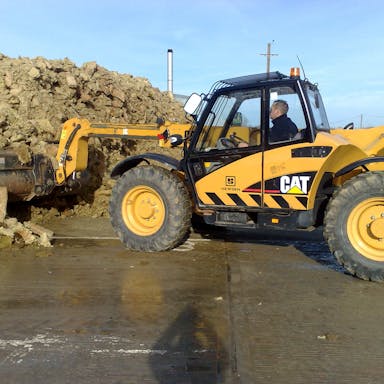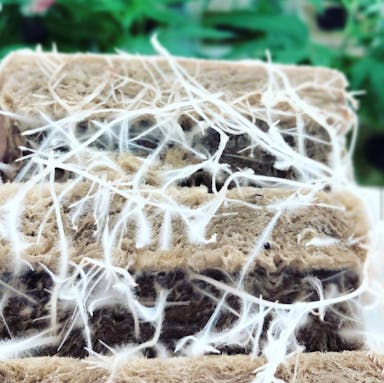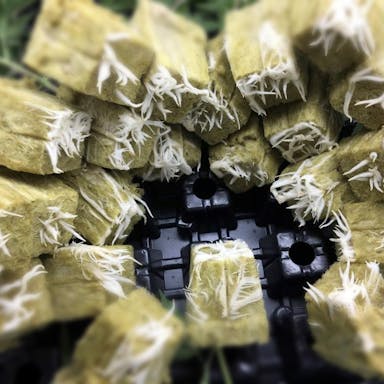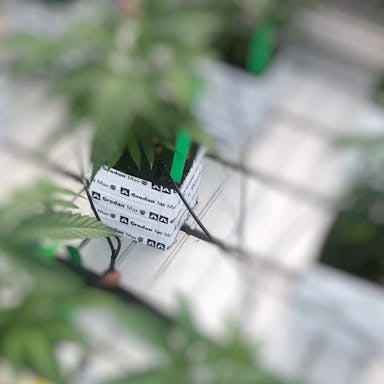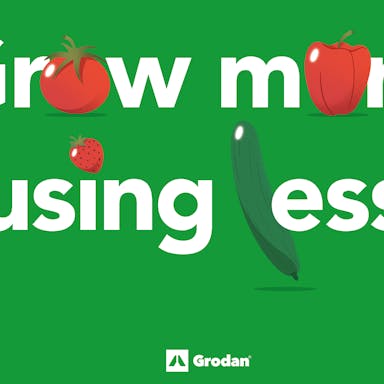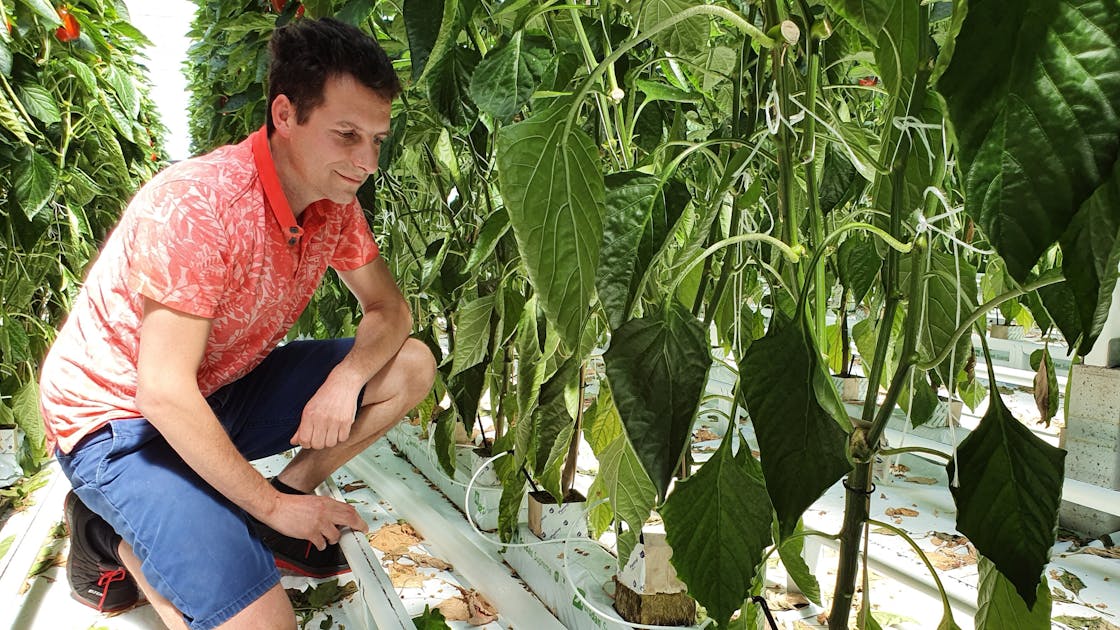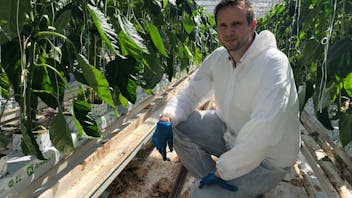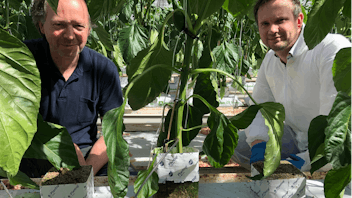Uniform blocks
Berkers deliberately selected a block that goes well with the slab. Until now Moors has mainly had experience with the ProPaprika blocks. This year Berkers will conduct a 1500m² trial comparing the current blocks with Plantop NG2.0 blocks.
They saw improvement right from the start of cultivation. "The Plantop NG 2.0 blocks were slightly more uniform. The water content and EC are more even, both within and across the blocks," says Thomas Peters, Cultivation Specialist – Propagation Worldwide at Grodan. He took measurements when cultivation began at Moors sweet pepper nursery.
At the beginning, Berkers noted that there was better root formation from the foot. During cultivation he saw good steering possibilities, and also observed that the blocks do not stay too wet on the top. "The water content and the EC are nicely uniform and are better distributed across the height, but where Plantop NG2.0 really stands out is in the distribution of the roots throughout the block. That is most definitely progress."
Berkers' default choice is a block with duo plug holes. "With the duo plug hole, we place the plug as far away from the plant hole as possible. The water trickles into the block easily, and the foot of the plant stays dry."
So far, the effects of the Plantop NG2.0 block combination have mainly been positive: the water content and EC are nicely uniform and better distributed across the height. At the beginning there was better root formation from the foot.
Block and slab work well together
Berkers is also pleased with the way that the Plantop NG2.0 block and the Supreme slab work together. "For the plants to take root well, it's important for the slab to be sufficiently moist at the top too, so the roots don't need to go through a desert before doing anything else. Too wet isn't good either, because then you have problems with diseases like Pythium. So you want a pot that's a good match with the slab."
Root development from the block into the slab is progressing well. "That translates into good product quality and plant health. For example, when there's good root development we don't have problems with tip rot." Every two weeks he opens a few slabs to see how root development, colour and growth is progressing inside the slab.

In Berkers' experience, the block plays an important role in the first phase of cultivation in particular. However, the blocks remain important even in summer and autumn. "They have to be well-matched to the slab in terms of water content." Peters stresses that this is why it constant monitoring of the block is so important.
Sensors
This suits the grower, who is keen to support his green fingers by taking precise measurements. He has a whole range of sensors hanging around the plants in order to optimise the climate. The same is true of the root environment. He has used Grodan's water content meter (WCM) for years, and when the GroSens came on the market he was one of the first to measure water content and EC. He has four Grosens sensors per greenhouse.
"With the GroSens you're able to take readings at more heights. For the first six weeks we put half the sensors in the block and the other half in the top of the slab. For the first two weeks the plants are striking roots, and then distributing the roots throughout the slab. After this initial period we moved the sensors to the normal position – underneath and in the middle of the slab – and used the readings to determine the irrigation."
The grower is confident about how the season will progress. "The plugs, blocks and slabs have stonewool with the same new NG2.0 technology. The block will continue to make a contribution through to the end of the year," Peters predicts, based on practical experience.
